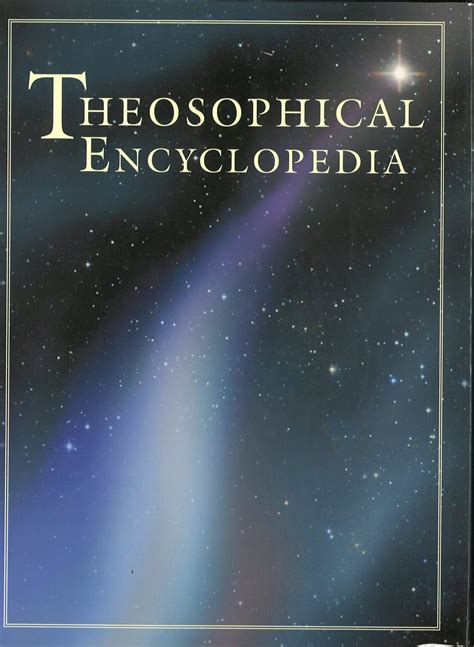An evil spirit, or a source or agent of evil. The name derives from the Greek word daimon which means a supernatural being between gods and human beings. In its original sense, a daimon is not necessarily evil, as in the case of the daimon of Socrates. In the New Testament, the word was used in the sense of “evil spirit.” It should be noted that in earlier usages, the term “demon” or daimon was applied to benevolent entities or even simply departed souls. An acceptable interpretation of daimon can be either as “god” or “goddess,” with an extended meaning of “one’s genius” (as in the case Socrates’ daimon). It has also been mistranslated in the King James Version as “devils” (Matt 8:31). In the gospels, demons can enter into and possess people or animals. They tempt human beings or afflict them with disease.
Oriental cultures speak of an immense variety of demons. India is particularly rich in evil entities, such as nagas, snake spirits, or yakshasor fairies whose female counterparts were considered very hostile. Even the Buddhists have introduced Mara, whose daughters Desire, Pleasure and Restlessness beset Gautama at the time of his attainment of Buddhahood. The Chinese were greatly afraid of the kuei and set off firecrackers to scare them away. The Puranas have the daityas who are the enemies of rituals. There are also Danavas (giants), Pisacas (evil spirits), and the Rakshasas (goblins) of the Ramayana of whom Ravana was the chief.
J. G. Frazer, in his The Golden Bough (Vol. IX, p. 72 et. seq.), gives a comprehensive overview of the belief in demons or evil spirits. He points out that we can have little understanding of what it was like in earlier times in every society and still continues to be in so-called “primitive societies” today. The environment was thought to swarm with every imaginable sort of demon. Matters were believed to be so bad that periodic attempts were made to cleanse the land or district by use of strenuous rituals so that its inhabitants might live in peace.
Helena P. BLAVATSKY, in her The Secret Doctrine, has made frequent reference to demons and similar entities. She writes that many of the earlier gods were degraded into demons (II:93); that Satan belongs to the fifth class of demons (II:389 fn.).
Theosophical teachings recognize other “kingdoms” in the cosmos, apart from our manifested physical world, and that these denizens of one of these elemental kingdoms may, from time to time, intrude on ours and thus give rise to the traditions of demons, as well as those of fairies, pixies, imps, etc. At the same time what are traditionally called demons in myth and folklore are interpreted differently by such writers as H. P. Blavatsky. For example, the Daityas are the giants of the fourth root race (see ROOT RACES). So are the Rakshasas of Ramayana (but different from the Rakshasas of the Puranas). Pisacas, on the other hand, are malevolent astral beings who are remnants of people who have lived evil lives.
P.S.H.
© Copyright by the Theosophical Publishing House, Manila
 This Theosophical Encyclopedia contains all the articles of the printed Theosophical Encyclopedia published by the Theosophical Publishing House, Manila. In addition, new articles that are not in the printed version are continually being added. Many of the articles are also being updated.
This Theosophical Encyclopedia contains all the articles of the printed Theosophical Encyclopedia published by the Theosophical Publishing House, Manila. In addition, new articles that are not in the printed version are continually being added. Many of the articles are also being updated.